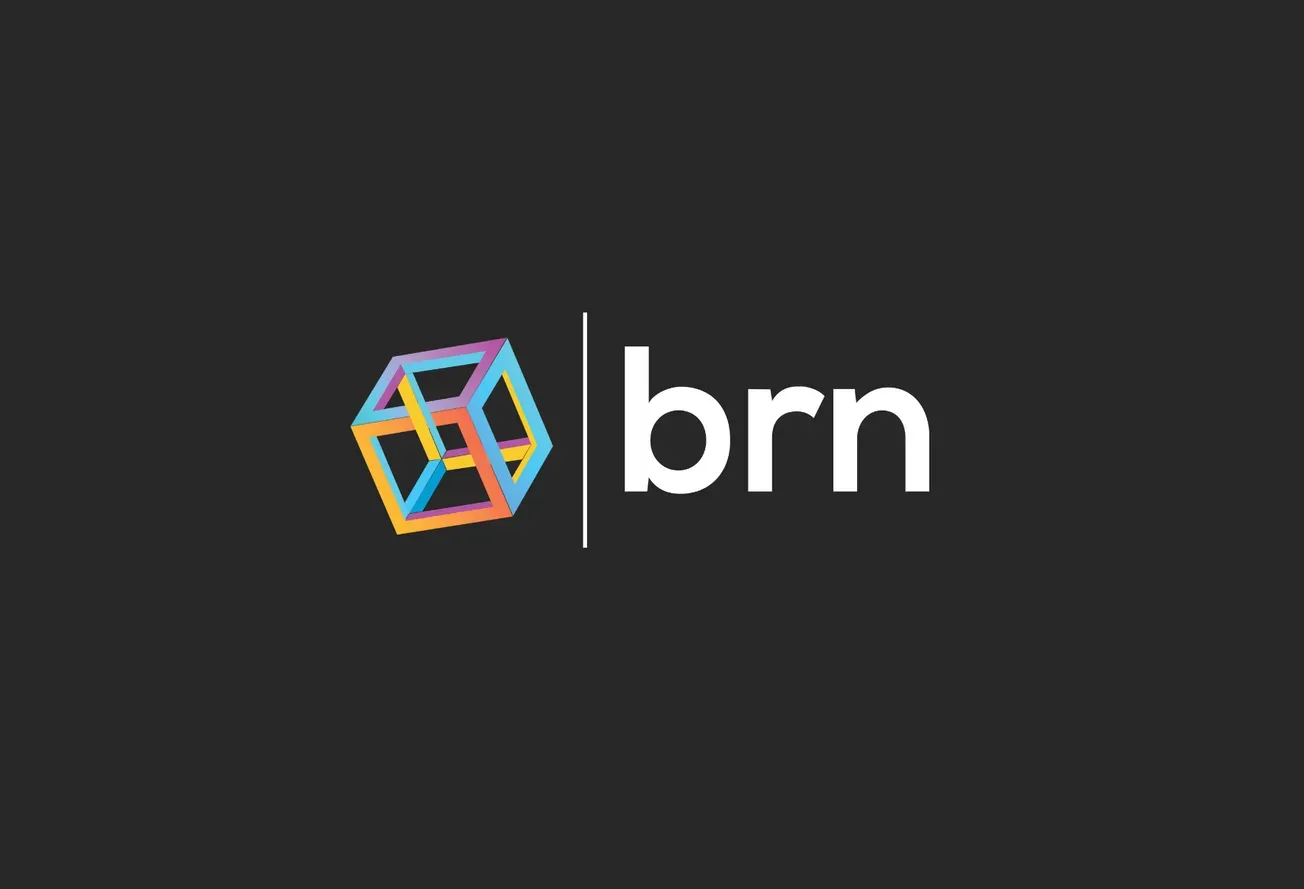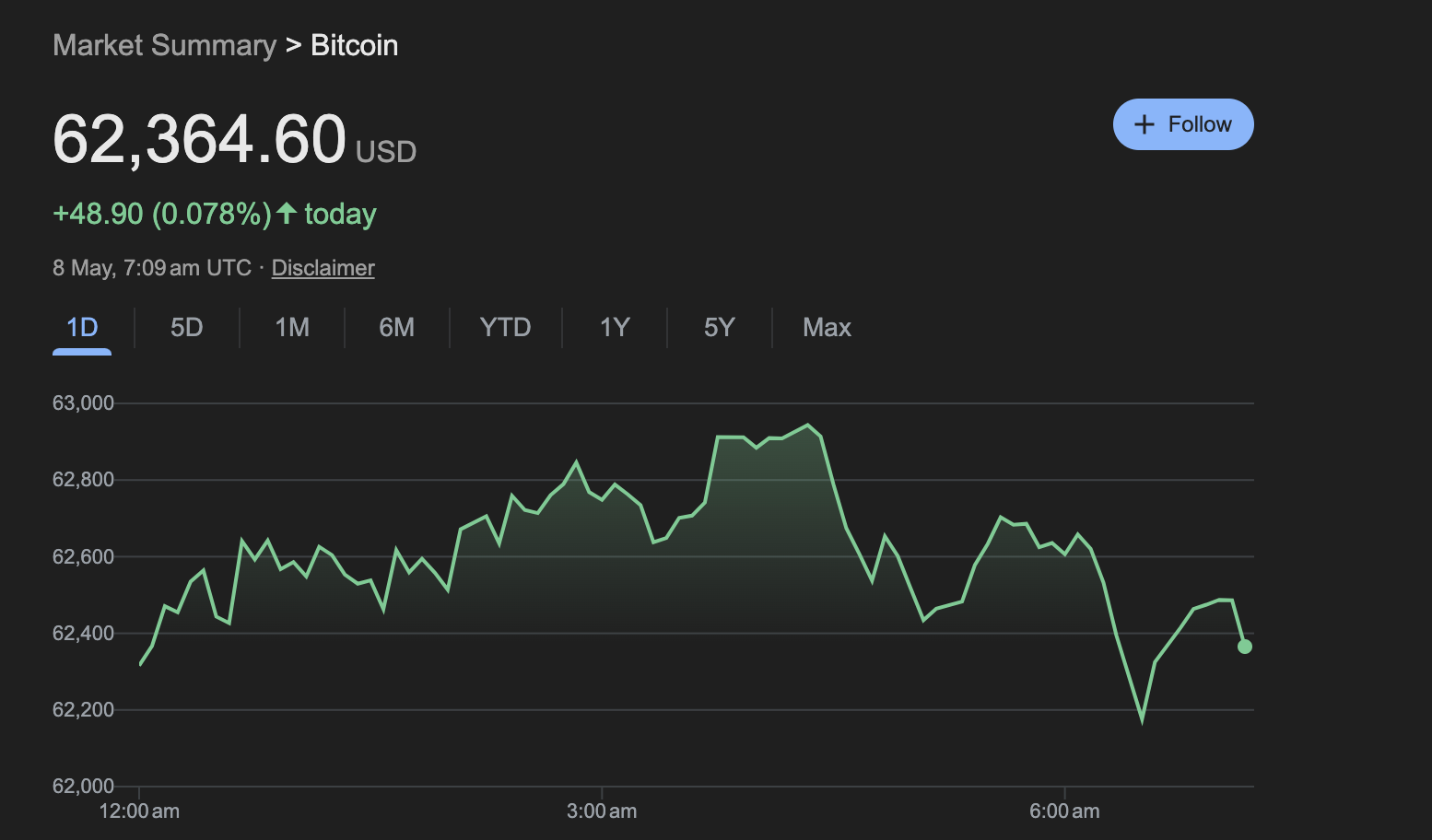brn Brief: Is the Downward Trend for BTC Over?

This newsletter offers a glimpse into the reports created by Blockhead's research arm, brn. To access more exclusive insights and in-depth analysis, register your interest at thebrn.co and our team will reach out to you.
The lustre seems to be fading on cryptocurrency exchange-traded funds (ETFs), particularly in the US. After a brutal April that saw Bitcoin plummet over 16% – nearly mirroring the November 2022 crash triggered by the FTX collapse – the lacklustre performance has continued into May. This dampens the initial excitement surrounding US Bitcoin ETFs, which launched earlier this year.
Bitcoin hit a record high of approximately $74,000 in March, fueled by the excitement surrounding the launch of spot Bitcoin ETFs in the US. However, as investor sentiment shifted due to reduced expectations of interest rate cuts by the Federal Reserve, there has been a sharp decline in product inflows for these ETFs. The price of 1 BTC currently stands at $62,364, after falling to around $58,000 last week.

To illustrate the dwindling interest, consider that the 11 Bitcoin ETFs in the US saw a net outflow of $182 million last month. This stands in stark contrast to the $4.6 billion in net inflows they raked in during March.
The introduction of Bitcoin ETFs was a landmark moment, granting legitimacy to cryptocurrency investments. However, the initial demand has clearly waned. Hopes were high that approvals in other countries would arrest this decline, but the debut of spot ETFs for Bitcoin and Ethereum in Hong Kong fell flat.

Several factors are contributing to the cooling sentiment towards Bitcoin ETFs. The most prominent is the overall decline in the cryptocurrency market itself. This, coupled with rising interest rates, has created a risk-averse environment for investors. The initial allure of the ease and accessibility offered by ETFs seems to be outweighed by concerns about crypto's volatility and potential downside risks.
But how does this lacklustre performance of Bitcoin ETFs impact Bitcoin's price movements?
brn Says:
Bitcoin experienced a significant downturn last week, breaching a crucial resistance level at around $58,000, the average purchase price of Bitcoin ETFs. Concerns mounted as we anticipated a potential wave of selling pressure, possibly driving prices down to as low as $52,000. However, a shift towards dovish sentiment from the Fed and Treasury, coupled with weaker employment data, injected renewed confidence into risk assets.
The recent breakout from the triangle pattern suggests that the downward trend may have concluded, ushering in a new accumulation phase. Nevertheless, investors should exercise caution given the extreme volatility of prices. The future trajectory will be heavily influenced by upcoming inflation data and potential changes in interest rates.
Declining Volatility
Bitcoin volatility is showing a downward trend this week, remaining above the 75th percentile but with a lower threshold. BRN predicts continued lower volatility, given Bitcoin's calm performance in 2023 and its decreased volatility over the past year.
With the 30-day realized volatility at 64%, surpassing the median, further decline is anticipated. Previous volatility drivers like the conflict in Israel, spot ETFs, ETF inflows, and Bitcoin’s halving, have already occurred, reflected in the IV term structure peaking in April.
Technical indicators suggest Bitcoin’s trading range between $62,000 and $64,000, with resistance at $63,998 and a lower threshold at $62,032. In summary, expect reduced Bitcoin volatility and a stable trading range this week.
Bitcoin experienced a temporary dip last week but swiftly recovered. Despite two failed attempts to reach a new all-time high, it demonstrated remarkable resilience against downward pressure. In the coming weeks, we anticipate Bitcoin to trade within a range as the market awaits clearer signals on inflation and potential rate cuts.
While we remain optimistic about Bitcoin's potential for growth, investors should remain vigilant and employ appropriate hedging tools to effectively manage risks.
To read the full report and to receive weekly insights, register your interest at brn.

